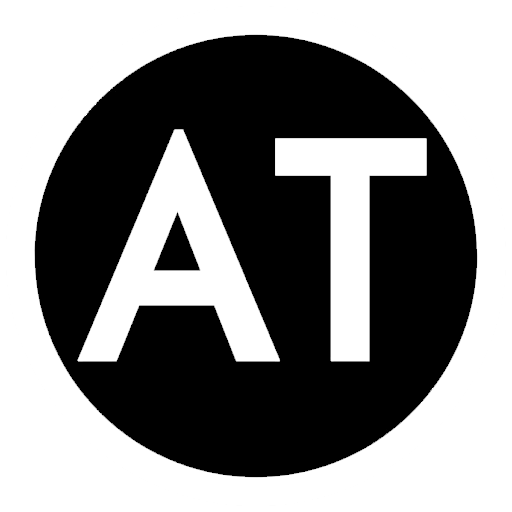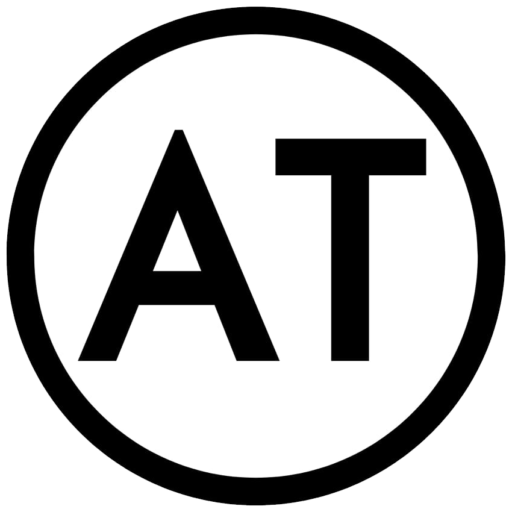If you’ve been in the digital marketing game for a while, you’ll know that user experience (UX) is one of the biggest factors in getting your website or web application to rank high in search engine results pages (SERPs). One of the key metrics in measuring UX is Largest Contentful Paint (LCP).
But what exactly is LCP? How is it measured? And how can you fix it if it’s impacting your site performance and UX? Let’s dive right in!
Largest Contentful Paint (LCP): Defined
Largest Contentful Paint (LCP) refers to the time it takes for the largest content on a webpage to load. This content could be an image, a video, or even a block of text.
Measured in seconds, LCP is a key metric for determining when the primary content on your page is visible and ready for display to the user. It’s a core web vital that Google and other search engines use for measuring page performance, user engagement, and overall satisfaction.
How is LCP Measured?
LCP measurement starts when a user first requests a URL, and continues to track the performance of the page as it loads. The goal of LCP is to measure the time it takes for the largest content block to fully load and render on the user’s screen.
According to Google’s standards, a good LCP score should be 2.5 seconds or less. However, as with most performance metrics, there are gray areas, and it’s all dependent on the specific circumstances of your website, such as the overall load speed.
Why is LCP Important for UX?
In today’s fast-paced digital world, users are not willing to wait for web pages to load for more than a few seconds. If the LCP takes too much time to load, users are likely to abandon the page and move on, negatively impacting your bounce rate, dwell time, and conversion rates.
In addition, Google’s and other search engines’ algorithms take into account LCP, as well as other UX metrics, when deciding on ranking websites in organic search results. So if your website has a high LCP, it is more likely to suffer in the SERPs.
How to Fix LCP Issues?
If your website is suffering from a high LCP, there are several things you can do to fix it:
- Optimize Images:
Compress and resize images to decrease their size and speed up their rendering on the page.
2. Use a Content Delivery Network (CDN): Deliver your website content from closer geographical regions to your target users. It can significantly speed up content delivery.
3. Minimize CSS, HTML, and JavaScript Files:
Remove unnecessary code and only keep what’s essential for the website’s functionality.
4. Use Browser Caching:
Caching means storing copies of your images, scripts, and stylesheets on a user’s device. This helps to reduce load time for repeat visits from the user.
1. Choose the Right Hosting:
Opt for hosting providers that can deliver fast and reliable server response times.
In Summary
LCP is a vital UX metric that plays a significant role in website performance and search engine rankings. It’s the measure of the time it takes for the largest content block to load and render on a user’s screen. A high LCP can negatively impact bounce rates, dwell time, conversion rates, and overall search engine ranking.
To improve your LCP score and your website’s UX, consider optimizing images, using a CDN, minimizing CSS/HTML/JavaScript files, using browser caching, and selecting the right hosting provider.
We want to thank the thought leader Patrick Stox as the source for this content and such awesome teachings on the subject and we hope that this article can help you and your business! Here’s the link to his post https://ahrefs.com/blog/largest-contentful-paint-lcp/


